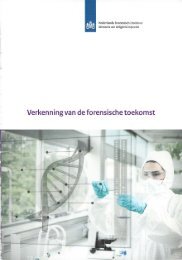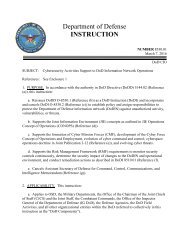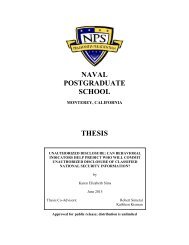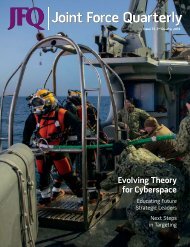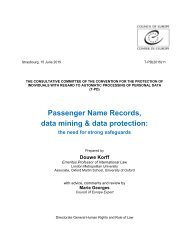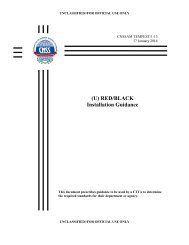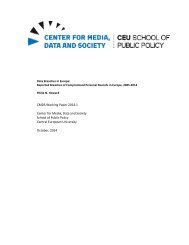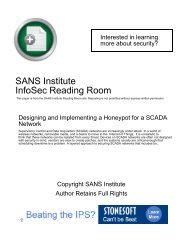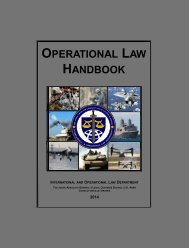SCHOOL THESIS
?view&did=788526
?view&did=788526
Create successful ePaper yourself
Turn your PDF publications into a flip-book with our unique Google optimized e-Paper software.
B. RECOMMENDATIONS<br />
As the COAs were being developed, it became apparent they were not mutually<br />
exclusive, but in fact all of these COAs could potentially be adopted sequentially over the<br />
course of several years.<br />
COA #1 offers a major improvement in cyber situational awareness at little<br />
implementation cost. The difficulty will be in convincing DOD the need to change its<br />
administrative policies regarding the sharing of classified cyberspace operational<br />
information with Canadian military personnel. This would not be a trivial endeavor.<br />
However, this thesis has highlighted numerous strategic policies which emphasize the<br />
need to share this type of information with international partners, and NORAD Canadians<br />
are clearly one of the longest and most enduring allies to the U.S. Overall, this COA<br />
would seem to be the easiest to implement while significantly improving NORAD’s<br />
cyber situational awareness.<br />
Later, as cyberspace information sharing with Canadians becomes routine,<br />
NORAD could reevaluate whether it is militarily desirable to pursue COA #2. This would<br />
be a subjective evaluation by the NORAD, USCYBERCOM, and other cyberspace<br />
information users to determine if there was value added in NORAD producing all-domain<br />
fused warnings. While COA analysis shows this to involve both “challenging” and<br />
“difficult” staff actions, a broader question might be “is there a real customer need?”<br />
Finally, COA #3 may be militarily undesirable. Having Commander NORAD<br />
directly involved with North American cyber attack assessments seemed reasonable, but<br />
COA analysis showed many roadblocks to success. Further, the “challenging” task of<br />
negotiating new CAAs between NORAD and USCYBERCOM might then generate the<br />
need to develop similar CAAs between USCYBERCOM and USEUCOM, USPACOM,<br />
etc. This greatly expands the overall impact of this COA, probably making this policy<br />
option “a bridge too far.”<br />
In conclusion, with global cyber attacks on the rise, it seems reasonable NORAD<br />
should explore potential new roles for cyber attack warning. This thesis recommends that<br />
the NORAD staff consider COA #1 first.<br />
78



